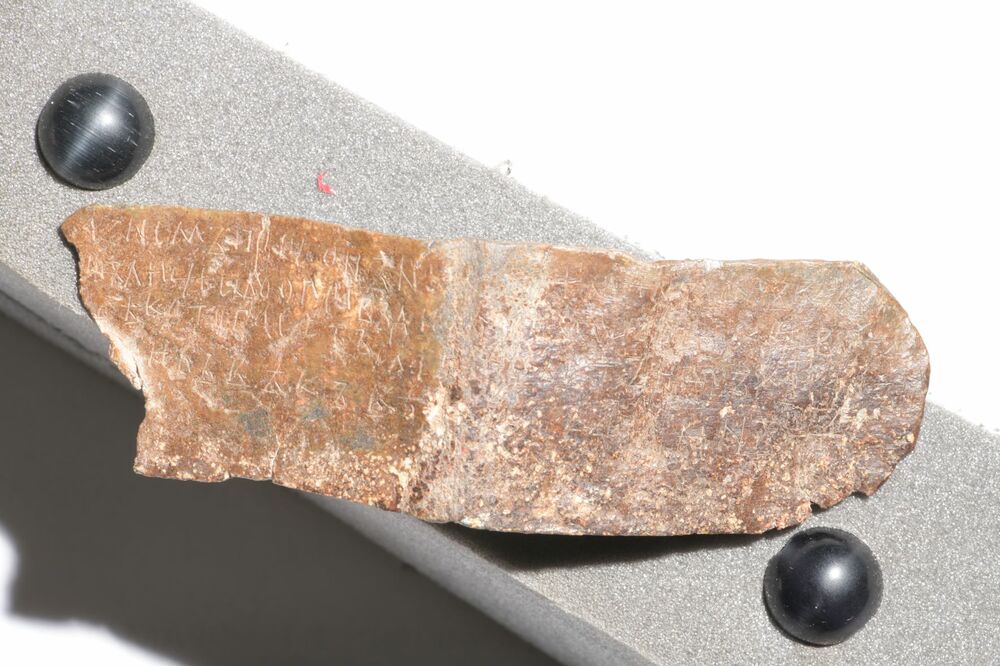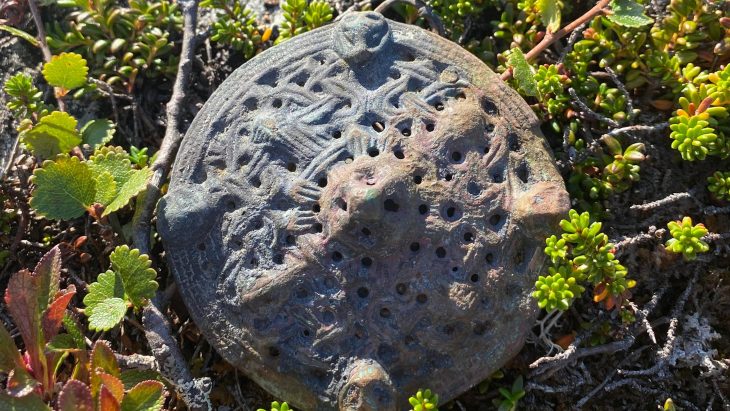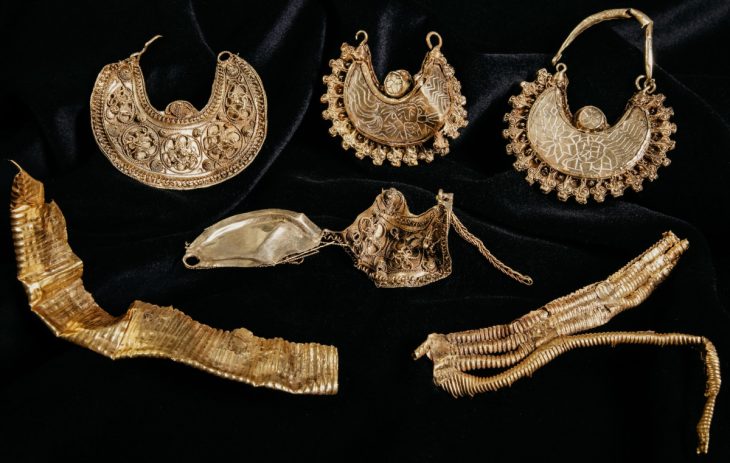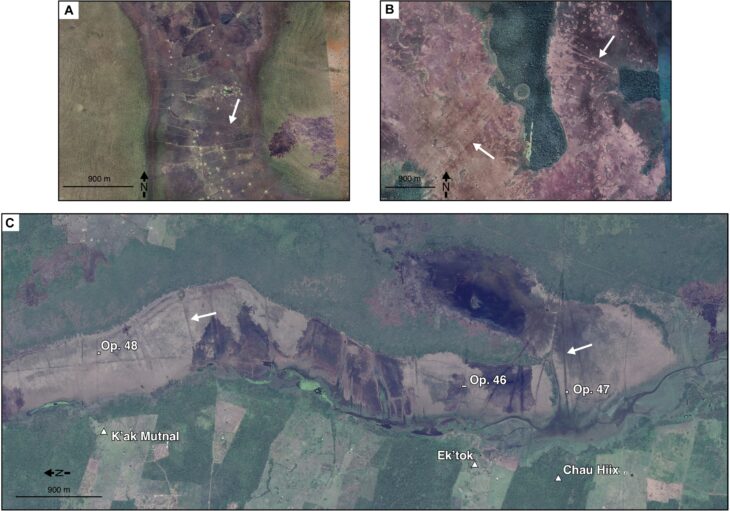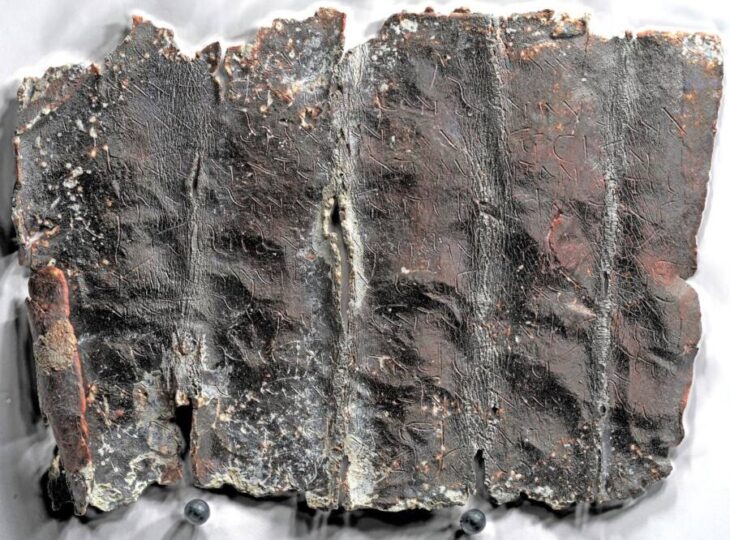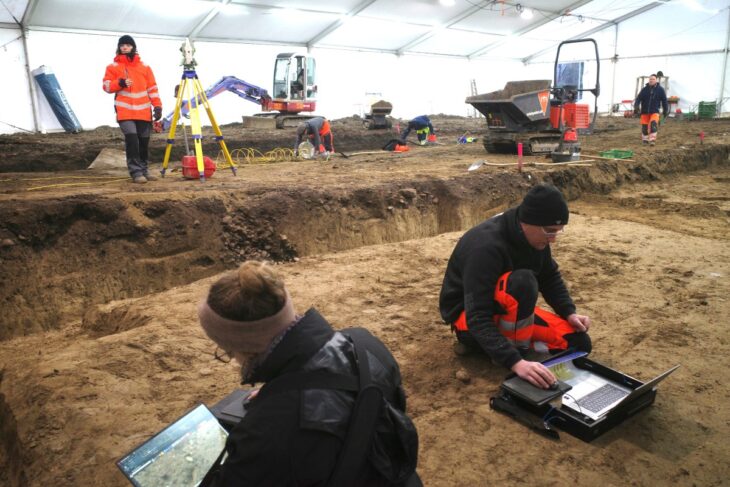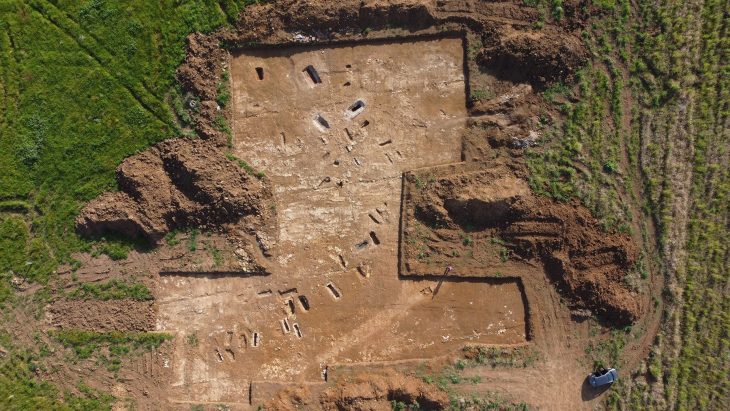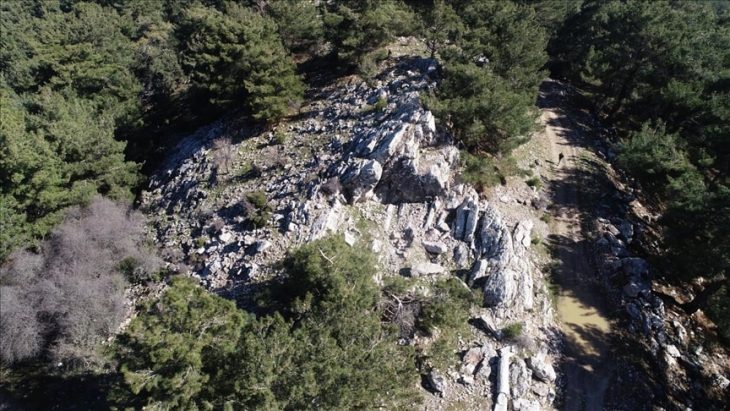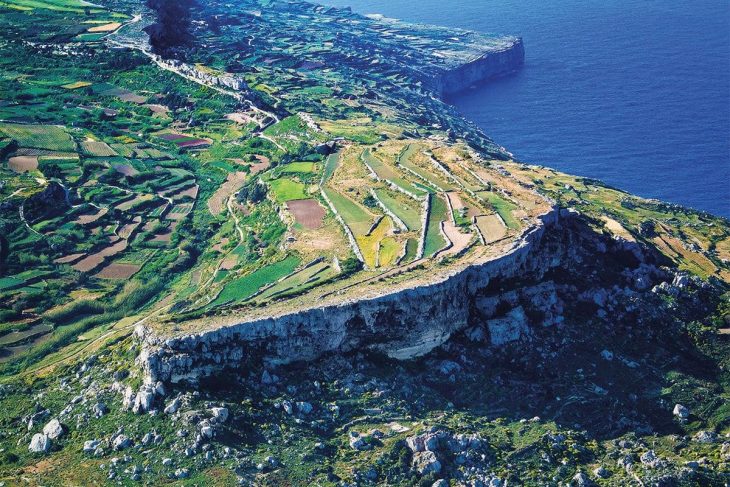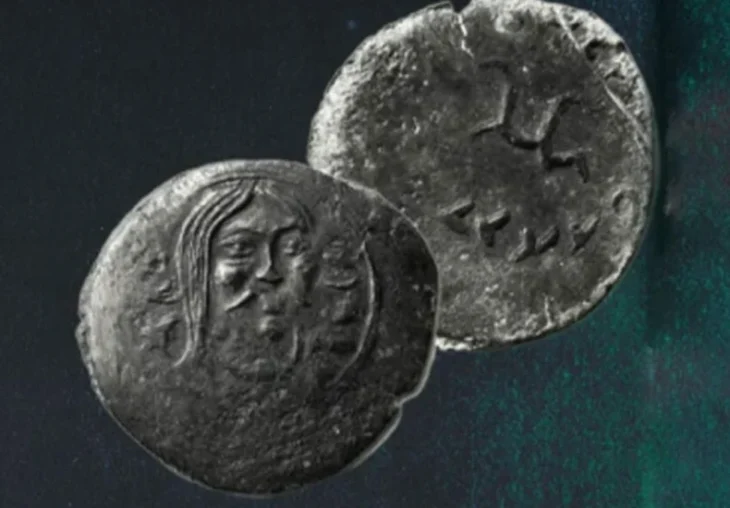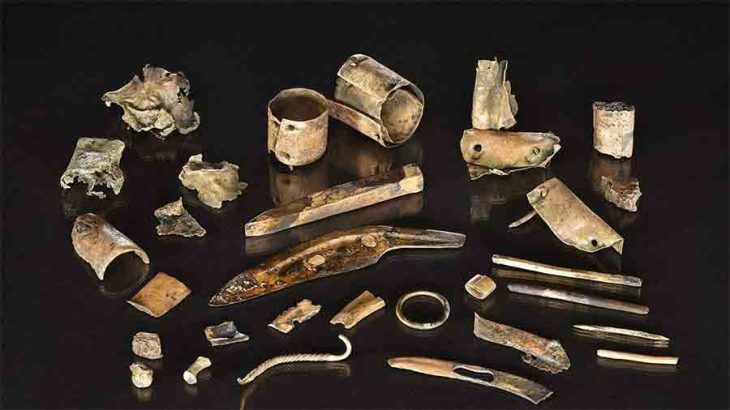A lead plate amulet bearing an inscription in Cyrillic dating from the times of Tsar Simeon the Great was discovered in the fortification “Balak Dere” near the village of Huhla, Ivaylovgrad Municipality, in southern Bulgaria.
The find was announced by archaeologist Ivailo Kanchev, a member of the National Museum of History team.
Prof. Vesselina Inkova’s subsequent conservation revealed a shallow inscription in Cyrillic letters. Georgi Singalevich then assumed that the beginning of the text was applied on the inner side of the plate while deciphering it using reflectance transformation imaging (RTI). When it was carefully opened, the researchers discovered a lengthy Old Bulgarian Cyrillic inscription that was written in seven lines on the inside and four lines outside the plate.
The names of the supplicants, Nikola and Pavel, were successfully deciphered on the lead plate amulet, the BTA reported. The amulet was found in a cultural layer attributable to the beginning of the 10th century.
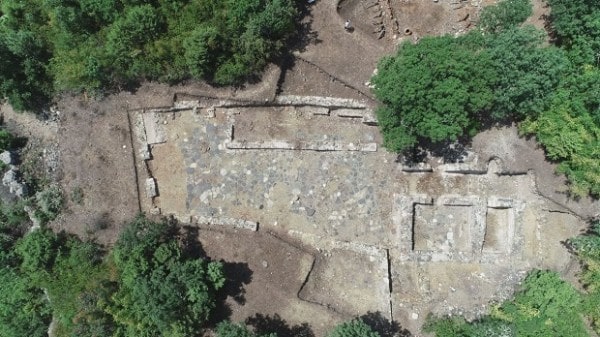
This prompted archaeologists to focus on Tsar Simeon I’s so-called Golden Age (893-927), comparing historical sources from the time that described the Bulgarian ruler’s marches on Constantinople and the epigraphic analysis of the find, complete with the archaic orthography of specific letters dated to the 10th century.
Experts say the one-year orthography is similar to writings from present-day Northeast Bulgaria, where Simeon’s capital of Preslav was located. Unlike any previous finds of this type, this one is unusual for the canonical-sounding text it contains, as well as the successful deciphering of the names of the supplicants, Nikola and Pavel.
All of this, combined with the archaeological context, gives scholars reason to believe that they have discovered one of the earliest Cyrillic texts known to date.
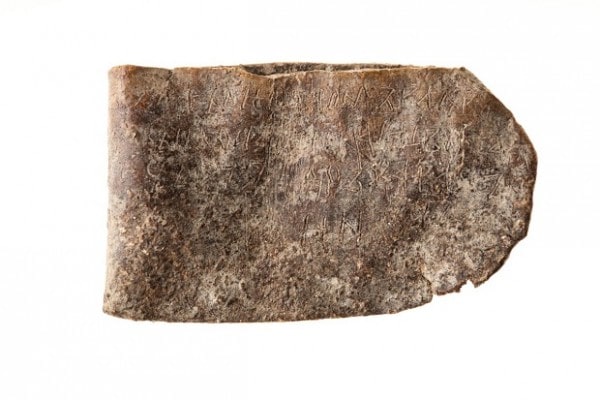
The geographically closest similar artifacts are two 10th-11th century amulets found near Kardzhali and Haskovo.
According to Ivaylo Kanev, during Tsar Simeon’s march on Constantinople, there was a Bulgarian garrison at Balak Dere, and the lead plate amulet belonged to his warriors.
Tsar Simeon I. nicknamed Simeon the Great, was the son of Boris I, king of the First Bulgarian Empire, and ruled from 893-927. Simeon’s successful campaigns against the Byzantines, Magyars, and Serbs led to Bulgaria’s greatest territorial expansion, making it the most powerful state in modern Eastern and Southeast Europe.
The unfolded plate amulet. Ivaylo Kanev Team Photo

